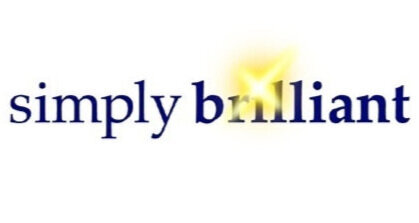Insights from the 2020 GMAT Official Guide Books
Every year, I analyze the latest editions of the GMAT Official Guide, GMAT Quantitative Review and GMAT Verbal Review. I look for new patterns and trends in the problems that have been added and removed. For 2020, key insights include:
1. More Problems Added Than Removed. In all there are 100 more problems in the main Official Guide, 19 more in the Quantitative Review, and 11 more in the Verbal Review.
2. Much More Geometry and Visual Reasoning. The new quant problems are heavily concentrated in geometry data sufficiency (DS), including problems involving 3D, inscribed angles and similar triangles. Analyzing many of the new problems efficiently requires good sketching and/or visualization skills. A useful approach for these DS problems is often to ask, “While satisfying all the constraints, could I draw it differently and get a different answer to the question?”
Problems that lend themselves to this type of analysis include what is perhaps the most difficult of the new 2020 quant problems: DS369 in the main OG book. Statement (1) from this problem is best handled by thinking visually. See our explanation for this problem on GMATClub here.
3. Necessary Quant Concepts. The terms “directly proportional” and “inversely proportional” have not been used in many previous OG problems; however, the new quant problems underscore that test-takers are expected to know what these terms mean. In addition, multiple new problems demonstrate that understanding the concept of gross profit is also essential.
4. Revamped CR Intro. Last year the SC intro in the main OG book was expanded from 5 to 23 pages. This year, the CR intro mushroomed from barely 3 pages to 10. It now describes in much more detail the types of reasoning tested and the types of CR questions, and it surveys a number of verbal reasoning concepts and fallacies that are integrated into CR problems. Because CR problems are often a game of discerning classic logic patterns amidst new content, it is useful to learn which patterns the test-writers find important. Simply Brilliant’s CR curriculum has always focused on key logic patterns and reasoning techniques, and the new CR intro reinforces the validity of this approach.
Error to Note: In paragraph 1 of section 5 in chapter 8.3 of the new CR intro, the statement, “All primes are odd numbers” is identified as a correct premise. Since the number 2 is prime, this statement is, of course, an incorrect premise. Sometimes the verbal experts don’t know the quant material, and vice versa!
5. New Online Tutorial. The main OG book now references a new tutorial at www.mba.com/tutorial. The tutorial shows the user interface for the exam, summarizes the instructions for each section, and outlines key exam procedures and rules.
6. New CR Question Type. The GMAT Enhanced Score Report, which test-takers may purchase for US$30 after taking the exam, shows two CR categories: analysis/critique and construction/plan. In the past, “plan” problems have typically been regular strengthen or weaken questions. Several new CR plan problems fall into the assumption category. These include CR612, CR622 and CR623 in the main OG book, and there are several more in the Verbal Review book.
7. “Definitively No” Data Sufficiency. A few years ago, the Official Guide books had eliminated all of the Yes/No data sufficiency problems with statements providing information sufficient to answer the question “definitively no.” Since then, a few new problems of this type have been added, including DS370 in the main OG book this year. Though they are still rare, the distinction that “definitively no = sufficient” is essential, especially in more advanced problems.
8. Challenging New Problems. If you’re looking for the most difficult new problems, here are a few!
Quant
Main Official Guide 2020: DS321, DS369 (see my solution on GMATClub here), DS370, DS387
Quantitative Review 2020: PS83
Verbal
Main Official Guide 2020: CR622, CR690, SC796, SC819
There are a few more key observations that I hold in reserve for Simply Brilliant's clients! My approach to GMAT prep includes assigning targeted lists of official problems, and these lists include many great problems in older editions that have been removed in the newer editions. The older editions represent great resources for those looking for a larger supply of problems that were actually once on the real GMAT, and these books are generally available at Amazon.com.
